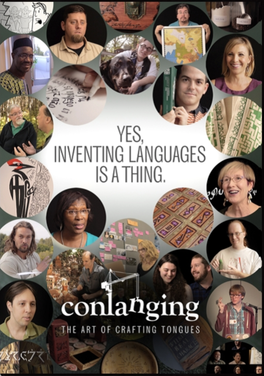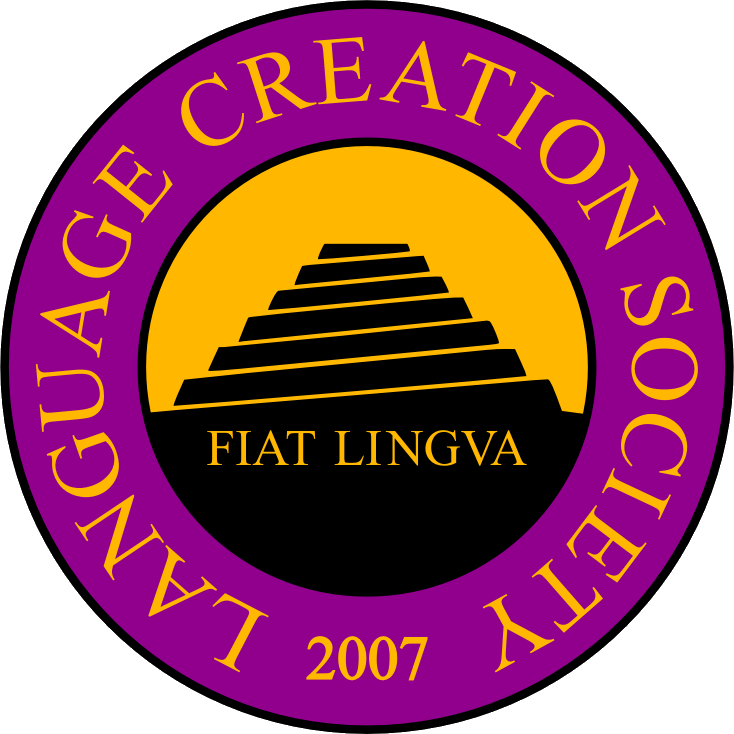Do you love the idea of creating your own made-up language but don’t know where to start? Conlanging (or constructing languages) can be an incredibly rewarding and fulfilling experience. Whether you’re a complete beginner or an experienced linguistics enthusiast, this article will provide you with the tools and tips you need to get better at conlanging and create your own unique language. Learn how to come up with creative language structures, develop expressive vocabularies, and even share your conlang with the world.
Research existing conlangs.

Research existing conlangs by exploring the many online resources available. Look into the history, grammar, and structure of conlangs to gain insight into how they are formed and used. Additionally, listening to conlangs being spoken can help to gain a better understanding of their usage in everyday life.
Develop conlang goals.

When creating conlang goals, make sure to avoid plagiarism. Instead, strive to write with a unique voice that reflects your own individual ideas and experiences. Keep your sentences concise and engaging, and try to limit yourself to 50 words or less.
Develop phonology/orthography.
When creating a phonology and orthography for your conlang, try to make it unique by using sounds and writing conventions that are distinct from languages you’re familiar with. Avoid simply replicating existing writing systems, as this will make your conlang feel less original.
Create lexicon/grammar.

Creating a lexicon and grammar for a conlang is an important step in developing your language. To do this, look for inspiration from other languages and come up with words and rules that make sense for your conlang. Take your time and explore the possibilities to create a unique language that is both expressive and consistent.
Practice using conlang.

Practicing your conlang can help you get better at it in numerous ways. One such way is to try and write like a 21-year-old would, avoiding plagiarism and keeping sentences short and to the point. This helps to keep your writing relevant and engaging, while also helping you stay within your conlang’s vocabulary.
Share conlang with others.

Sharing your conlang with others is a great way to get better at conlanging! Not only can you get feedback from those who understand conlangs, but you can also gain valuable insight from those who don’t know the language. When writing about your conlang, avoid plagiarism by trying to write like a 21-year-old would and keep it concise; try to write no more than 50 words.




